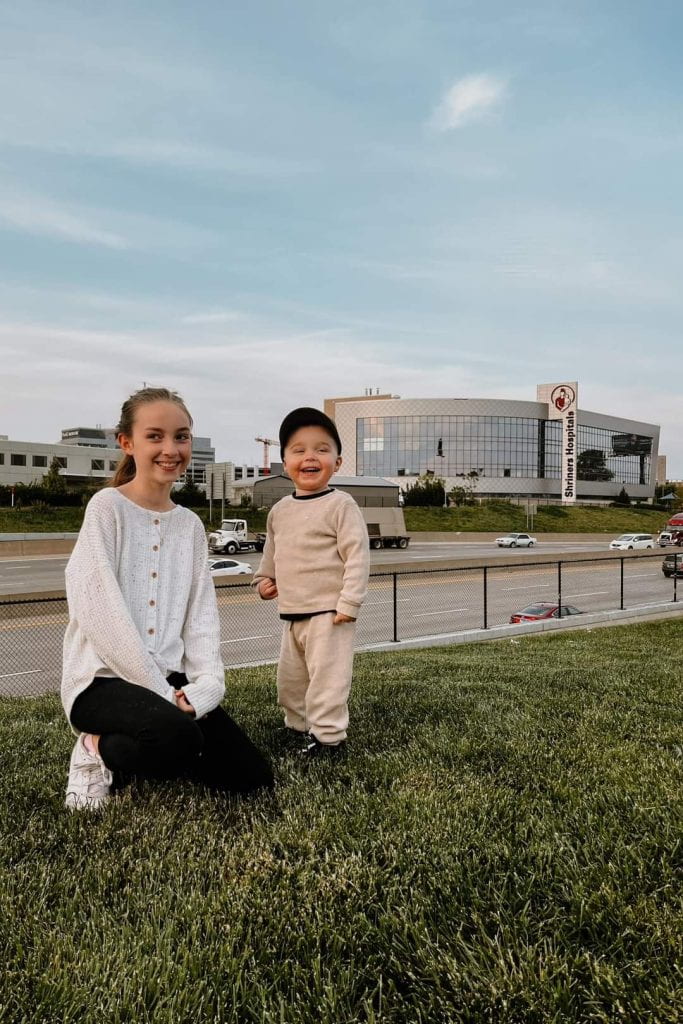There is remarkable value in a medical community. There are a wide variety of such communities, each with important benefits. While this blog will not discuss all such communities, I want to share thoughts on some of these.
One very important community is the patient- to- patient community with a sharing of experiences, outcomes, and perspectives. These connections and information exchanges by definition differ from the patient- physician relationship. First, these are out of the physician’s control. Patients will be honest with each other. Second, typically, the patients bring “non- medical” perspectives which are useful in that these perspectives may not be provided in the physician’s office and may bring up important considerations in care. Sometimes these connections are arranged by a physician or surgeon (your child has x condition and your physician introduces you to another patient/ family with the same condition). By definition, these patients share a physician and this introduction can be helpful for a newer patient or a patient considering surgery. The newer patient can ask the ‘experienced’ patient/ family questions and gain a perspective which is different from that provided by the physician. Of course, there is also potential bias here. The physician is most likely to provide a name or recommendation of a happy patient, a patient with a good outcome. Nonetheless, there is still much value in these connections. And sometimes this connection may occur between two patients without the physician making the connection. For example, two patients may meet in the waiting room or in the therapy office and strike up their own conversation. Also, very helpful!
Patient to patient (or family to family) connections (without the physician involved) may also be quite valuable. In today’s social media environment, there are many opportunities for relationships to develop, experiences to be shared, and recommendations provided. This can be Facebook, Instagram, and other engagement sites. In these communities, patients will share positive and negative experiences which may be helpful to others. These are often personal experiences about life with a limb difference. Additionally, these can include physician recommendations based on positive experiences or physician ‘warnings’ based on less than positive experiences. Of course, there may be bias in these exchanges as well (interpersonal challenges with a physician is one example) and opinions may be formed without a strong basis in medical understanding. For another example, a patient may be very frustrated if a cast slips during the course of care (understandably) but that will happen occasionally despite every precaution and should not (at least in my opinion) lead to a negative ‘recommendation’.
There are certainly influencers who take pride in sharing their experiences with others. These individuals can influence many families. This is especially true in the world of pediatric birth differences because information can be in short supply and physicians with a large experience are uncommon. Most physicians will avoid ‘self- promotion’ (some will engage in this practice) and while admirable and typical for physicians, it can leave a void in patient understanding in physician and surgeon experience. And we all understand, experience matters a great deal in the care of uncommon conditions. This includes understanding the condition and understanding best treatment pathways. This can be where influencers/ communicators share their thoughts on diagnoses, physicians, etc., which can be helpful for others who are seeking understanding and guidance.
We have been lucky to see communities develop amongst patients/ families with birth differences of the upper extremity. I believe there is so much value in the honest exchange of ideas and experiences. One remarkable family has served as a local honest to families traveling for care with mirror hand/ ulnar dimelia. They serve to make these distant families more comfortable with the process and serve almost as a local host. This is such a gift for the medical experience of other patients. In this picture, Owyn (older patient with mirror hand/ ulnar dimelia) meets with Callum who has traveled a great distance for his mirror hand surgery. (note: both families gave permission to use these pictures and share).


I am always happy to answer questions. Congenitalhand@wustl.edu